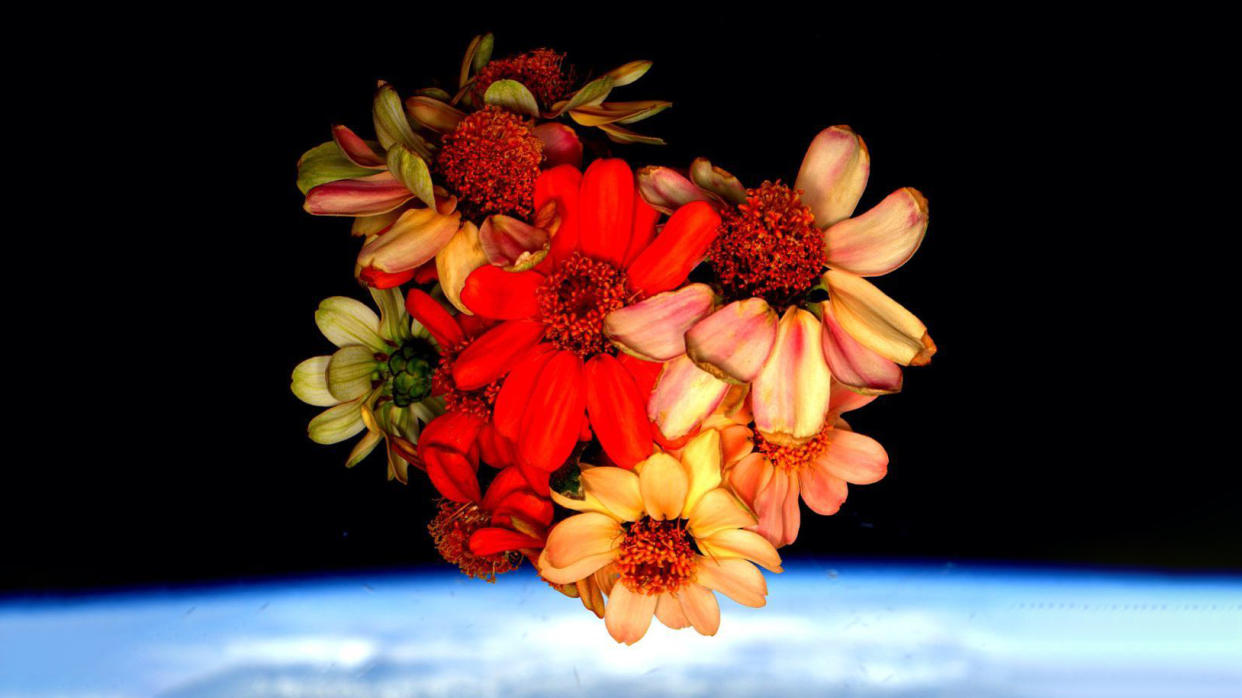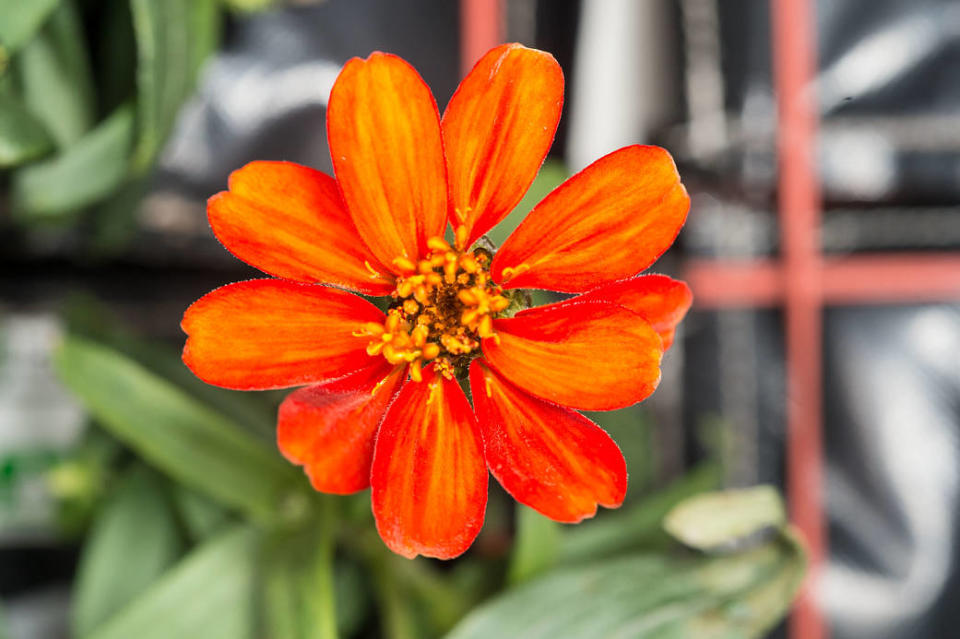NASA's Image of the Day is a Space flower grown on the International Space Station

NASA is kind enough to share plenty of updates, facts, interviews, diagrams, and imagery with the world on its latest astronomical findings in the great unknown. These include images captured by The Hubble Space Telescope, as well as bi-weekly data and images delivered directly from the James Webb Space Telescope (JWST).
Both of these galactic telescopes are equipped with several Near Infrared Camera (NIRCam) instruments to offer the best possible details and glimpses into our solar system. While these images are pretty groundbreaking, NASA also runs a blog with a fun Image of the Day segment to look back on how we got to this point in science.
• Take a look at the best cameras for astrophotography!
Astronomers and scientists have been making some revolutionary discoveries lately about our solar system and potential life that could survive in the distant galaxies that surround it. For example, the process of exploding stars and supernovae tell us about our own universal origin stories, and the JWST can detect exoplanets that have carbon monoxide and other element ratios supportive of external life.
But – it's also important not to forget the smaller steps that it took to get us to the advanced level of science and astronomy that we have in 2023. NASA's Image of the Day blog post published on June 6 shares the image titled 'A Bloom in Space' and is a little different from the content that the association usually shares.

The photo features a beautiful blooming zinnia flower that was said to be grown aboard the International Space Station as part of the VEG-01 experiment, also known as the veggie hardware validation test, and the image was originally captured by astronaut Scott Kelly on January 22, 2016.
Astronaut Kelly nursed dying space zinnias back to health, and photographed a bouquet of the flowers against the backdrop of Earth from the space station, which he shared to his Instagram for Valentine's Day (and again in March for the Spring Equinox).
A post shared by SCOTT KELLY (@stationcdrkelly)
A photo posted by on
The project experiment was designed to assess the growth and development of plant seedlings situated in the spaceflight environment, while testing the on-orbit functions and performances of the Veggie facility, also with a distinct focus on the composition of microbial flora.
According to NASA, zinnias were grown for 60 days during this space station experiment, and the VEG-01 experiment was born with the aim to demonstrate proof-of-concept for the Veggie plant growth chamber on the International Space Station, using romaine red lettuce as a starting test species.
For more updates on what's happening in the universe, and if you want to keep up with the latest image releases, head over to the James Webb Space Telescope gallery, where you can see all of Webb's first images and learn more about what they depict. NASA will be launching new images at least every other week.
• You might also be interested in the best lenses for astrophotography, as well as the best astrophotography software, and not forgetting the best CCD cameras for astrophotography and the best light pollution filters for night photography.

